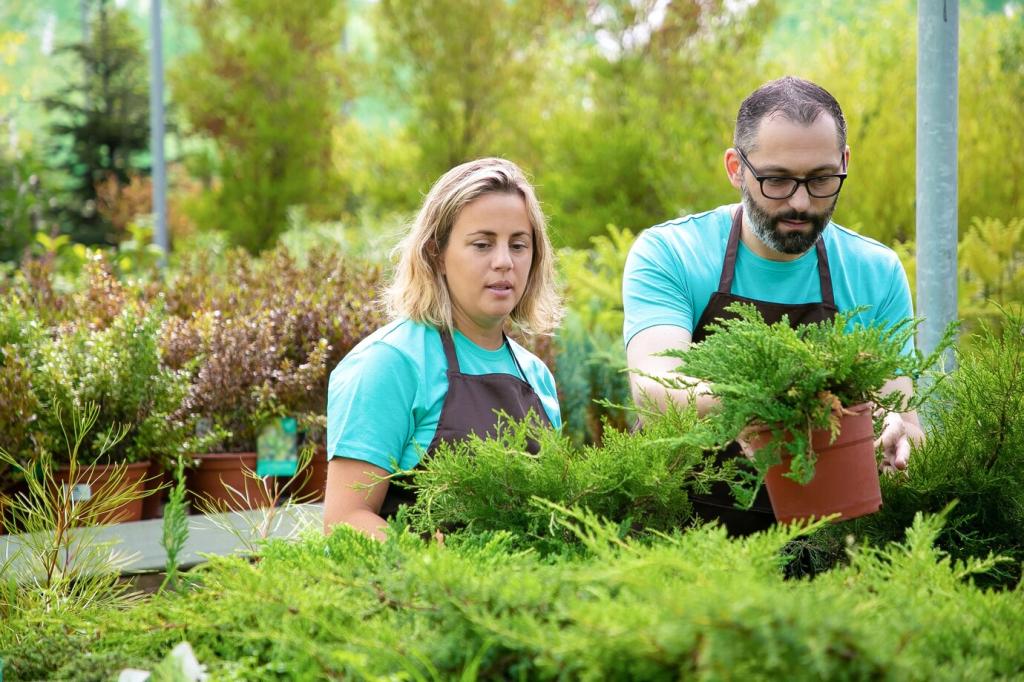
Creating Wildlife-Friendly Gardens: Invite Nature Home
Chosen theme: Creating Wildlife-Friendly Gardens. Welcome to a space where every leaf, puddle, and perch becomes a small sanctuary. Explore practical ideas, real stories, and joyful science to help wildlife thrive outside your door—then share your progress and subscribe for seasonal guides.
Start With Native Plants
Most backyard birds raise young on soft-bodied insects, and native plants host far more caterpillars than exotics. Planting regionally adapted species restores the food web, reduces maintenance, and welcomes life back. Comment with your region and we’ll help match native choices.
Design a living tapestry—trees for canopy, shrubs for cover, perennials for nectar, and groundcovers for sheltering beetles and toads. Layering creates microclimates, safe nesting nooks, and four-season interest. Share a sketch of your yard, and we’ll cheer on your layered plan.
Stitch the seasons together: early pollen from willow and crocus, midsummer nectar from coneflower and milkweed, autumn asters, and winter berries on hawthorn. Continuity feeds migrants and residents alike. Subscribe for our bloom calendar to keep the buffet open all year.
Water, Shelter, and Safe Passage
A shallow basin with pebbles invites butterflies, bees, and birds without risk of drowning. Keep water fresh, add a stone perch, and place it near shrubs for quick escapes. Share a photo of your micro-pond and tell us who stopped by first.
Water, Shelter, and Safe Passage
The tidy look can wait; life thrives in the slightly messy. Piles of twigs shelter wrens, leaf litter cradles overwintering moths, and a log stack becomes beetle heaven. Embrace a wild corner and comment on the surprising guests you discover there.
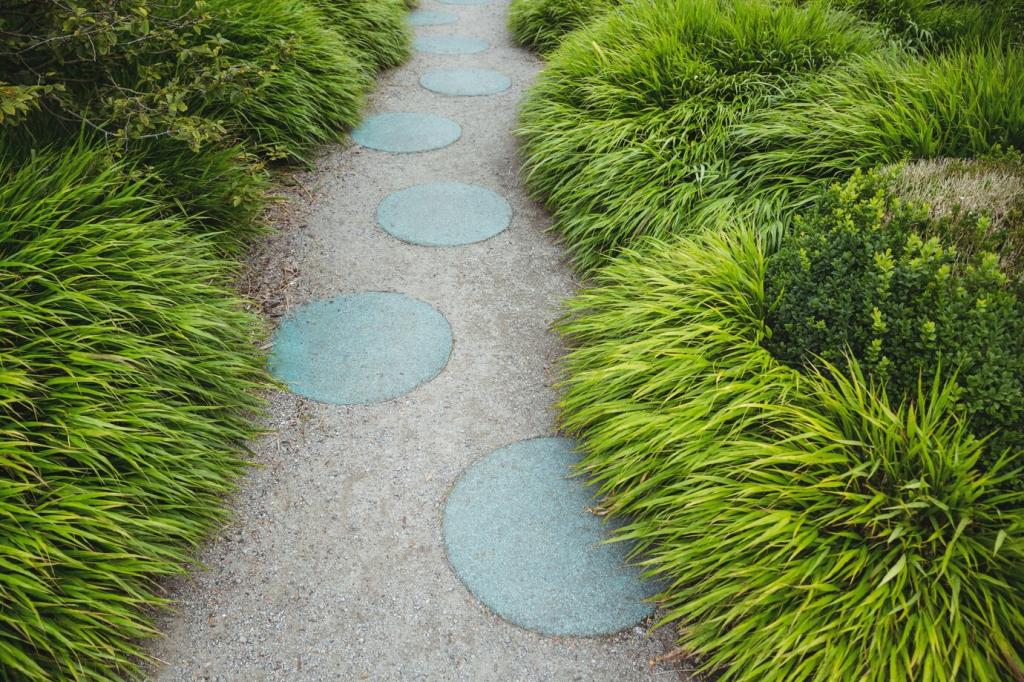
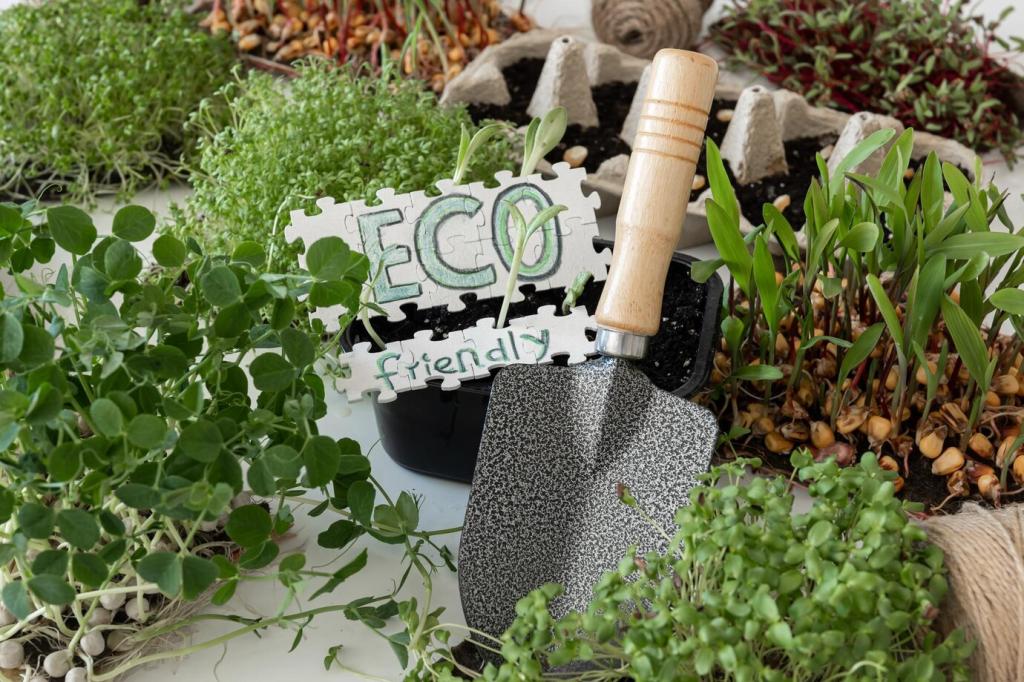
Soil Health and Pesticide-Free Practices
Compost and the Underground City
Compost adds food and structure for fungi, bacteria, and worms, which in turn support plants that nourish wildlife. Spread a thin layer annually and avoid over-tilling. Tell us your favorite compost recipe—leaf mold or kitchen scraps—and we’ll feature reader tips in our newsletter.
Tolerate Imperfection, Welcome Balance
Skip broad-spectrum pesticides. Instead, handpick, hose off, and attract beneficials with dill, yarrow, and alyssum. A few chewed leaves mean your garden participates in the food web. Comment if you’re ready to go pesticide-free and we’ll send a gentle start checklist.
Rethinking the Lawn
Mow less, raise blade height, and let clover and violets bloom. Small meadow patches hum with bees and reduce watering. Try “No Mow May,” then share before-and-after photos—our community gallery celebrates every new flower and nectar sip your lawn now provides.
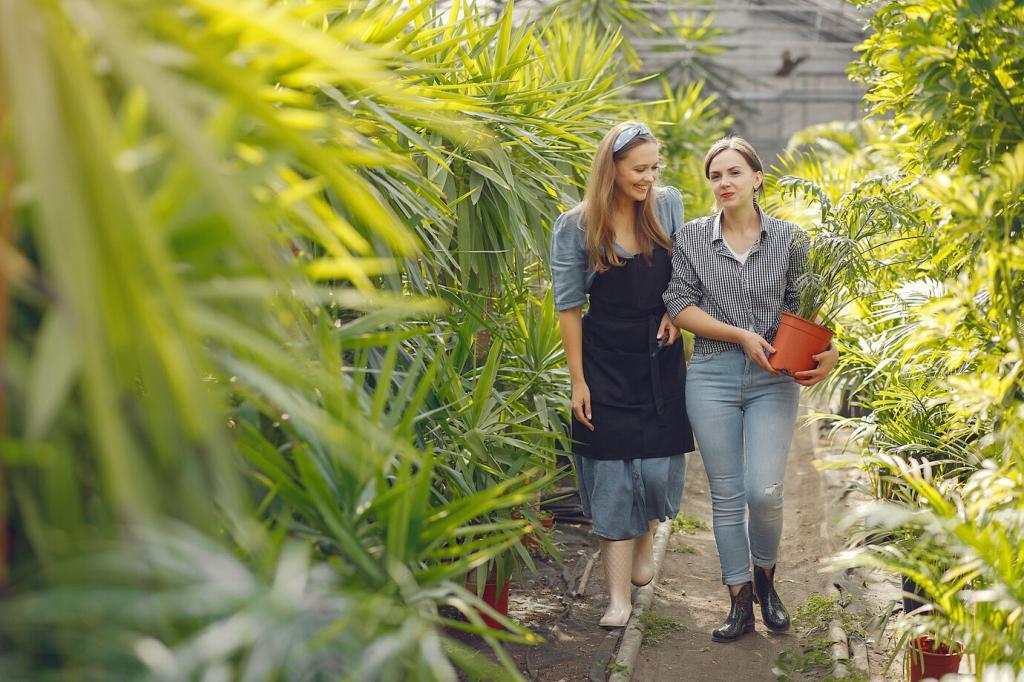


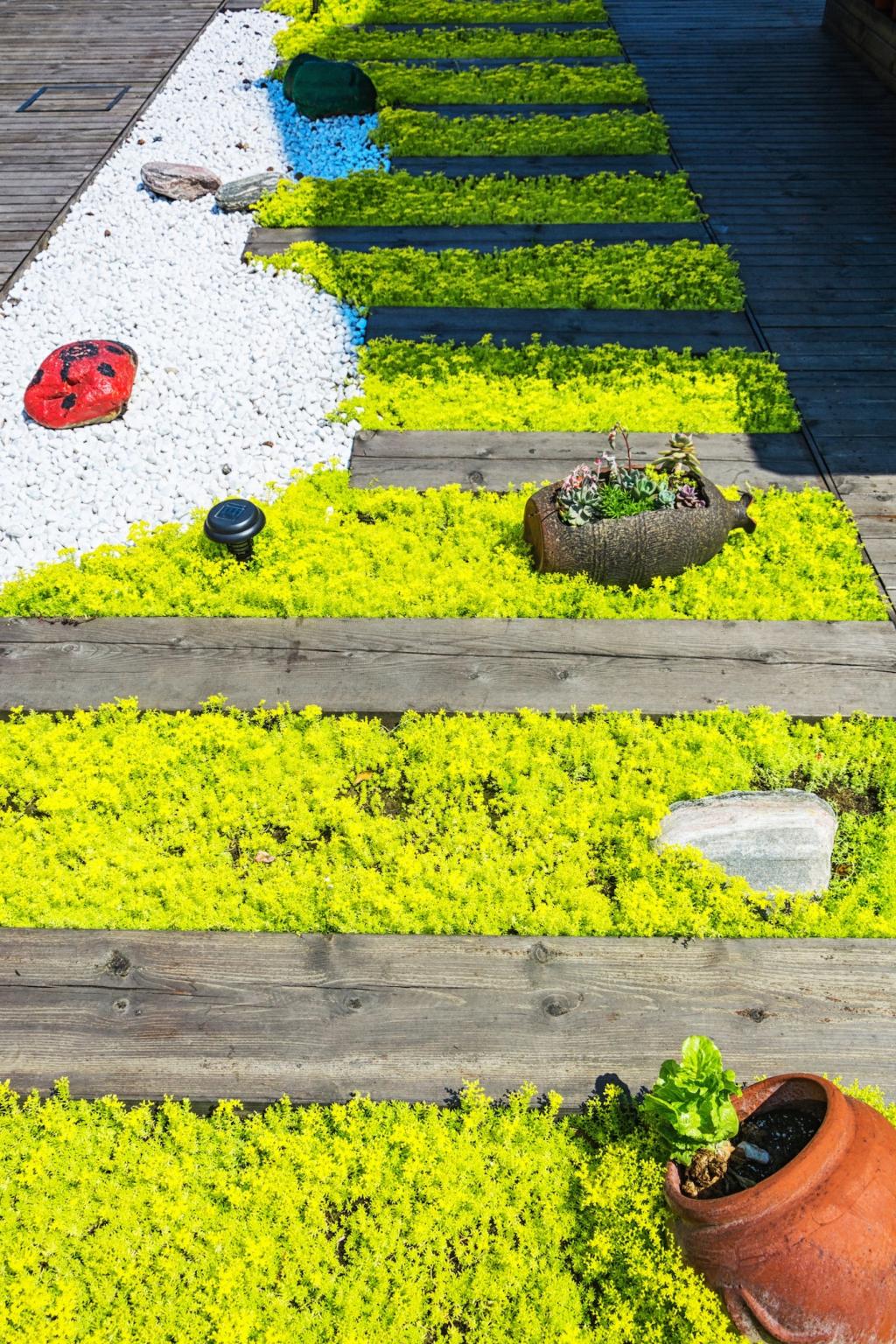
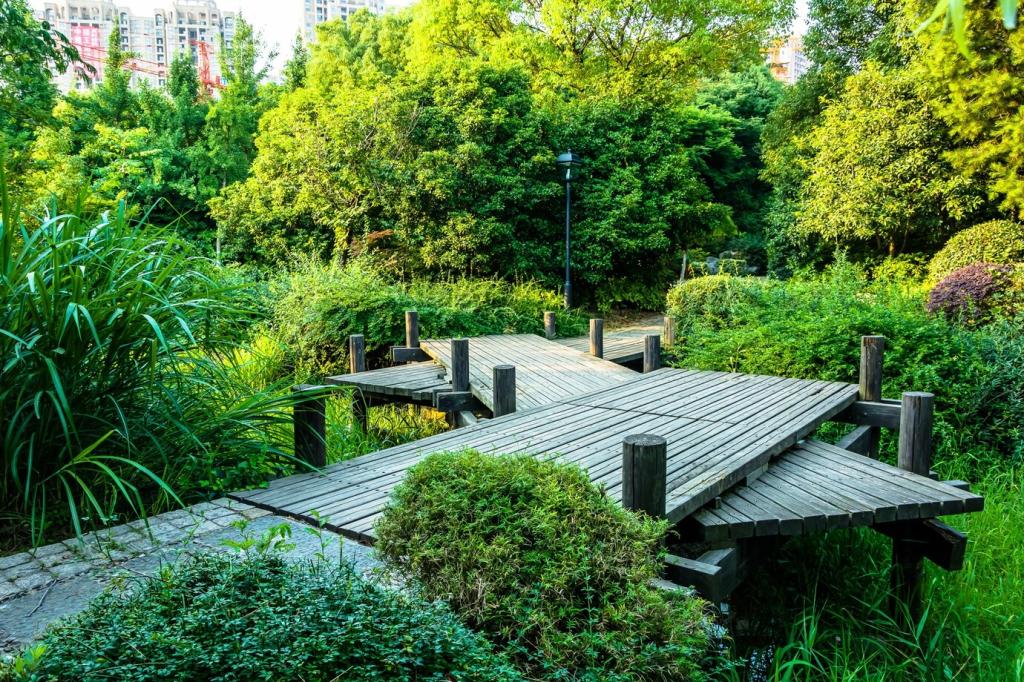

Capture stormwater in shallow basins planted with sedges, Joe-Pye weed, and blue flag iris. Mulch to stabilize moisture and protect soil life. During a summer deluge, a reader’s rain garden overflowed—into a second basin—where frogs appeared the next morning. Share your layout.

Community and Citizen Science
Participate in backyard bird counts and local butterfly surveys, or keep a weekly logbook. One family’s Saturday tally became a tradition that taught migration patterns. Post your first month of observations and we’ll spotlight trends in our community roundup.
